Forums
- Forums
- Duggy's Reference Hangar
- USAAF / USN Library
- Douglas F5D Skylancer
Douglas F5D Skylancer
Post a reply
- Go to Previous topic
- Go to Next topic
- Go to Welcome
- Go to Introduce Yourself
- Go to General Discussion
- Go to Screenshots, Images and Videos
- Go to Off topic
- Go to Works in Progress
- Go to Skinning Tips / Tutorials
- Go to Skin Requests
- Go to IJAAF Library
- Go to Luftwaffe Library
- Go to RAF Library
- Go to USAAF / USN Library
- Go to Misc Library
- Go to The Ops Room
- Go to Made in Germany
- Go to Campaigns and Missions
- Go to Works in Progress
- Go to Juri's Air-Raid Shelter
- Go to Campaigns and Missions
- Go to Works in Progress
- Go to Skinpacks
- Go to External Projects Discussion
- Go to Books & Resources
-
8 years agoSun Feb 12 2017, 03:07pm
 Main AdminThe Douglas F5D Skylancer was a development of the F4D Skyray jet fighter for the United States Navy. Starting out as the F4D-2N, an all-weather version of the Skyray, the design was soon modified to take full advantage of the extra thrust of the Pratt & Whitney J57 eventually fitted to the Skyray instead of the Westinghouse J40 originally planned.
Main AdminThe Douglas F5D Skylancer was a development of the F4D Skyray jet fighter for the United States Navy. Starting out as the F4D-2N, an all-weather version of the Skyray, the design was soon modified to take full advantage of the extra thrust of the Pratt & Whitney J57 eventually fitted to the Skyray instead of the Westinghouse J40 originally planned.
Design and development
Soon the design became too different from the Skyray to be considered just a variation of it, and the aircraft was assigned a new designation as the F5D Skylancer. Almost every part of the airframe was modified, though the basic form remained the same as did the wing shape, though it became much thinner. The wing skinning was reinforced, correcting a problem found in the F4D. The fuselage was 8 ft (2.4 m) longer and area ruled to reduce transonic drag, being thinner in the region of the wing roots. Everything was shaped to reduce drag and increase stability at high speed.
Although the four 20 mm (.79 in) cannon in the wing roots were retained, primary armament was to be missiles or rockets; four AIM-9 Sidewinders or two AIM-7 Sparrows, and/or a battery of spin-stabilized unguided 2 in (51 mm) rockets.
Nine test airframes were ordered, with a 51-aircraft production order to follow. Production aircraft were to be powered by the more powerful J57-P-14 engine, while there were plans to use the even more powerful General Electric J79.
Operational history
The first flight was on 21 April 1956 and was supersonic; the aircraft proved easy to handle and performed well. After four aircraft had been constructed, however, the Navy cancelled its order. The stated reason was that the aircraft was too similar to the already-ordered Vought F8U Crusader, but it is believed by some historians that politics played as big a part; Douglas was already building a very large proportion of the Navy's planes, and giving them the F5D contract would have made it even closer to monopoly. The project test pilot was Lt. Cmdr Alan B. Shepard Jr. whose report stated that it was not needed by the Navy.
NASA use
NASA's Flight Research Center obtained two F5D-1 Skylancers in 1961. F5D-1 (Bu. No. 139208) NASA 212, and F5D-1 (Bu. No. 142350) NASA 213, later becoming NASA 708 and NASA 802 respectively.
Under development for the Air Force by Boeing Aircraft Company was Dyna-Soar (Dynamic Soaring) that had a Sanger-like boost-glider design that was to have been lofted into orbit by a Titan III booster. The X-20 Dyna-Soar was canceled before it could be flown. Its general configuration was that of a hypersonic slender delta, a flat-bottom glider using radiative cooling.
The F5D-1 Skylancer had a wing planform very similar to that projected for Dyna-Soar; NASA Flight Research pilot Neil Armstrong recognized that the Skylancer could be used to study Dyna-Soar abort procedures. How to save the pilot and space craft in the event of a launch-pad booster explosion was a problem of great concern to the Dyna-Soar team. In those days rockets weren't very dependable, commented a NASA pilot.
Near the Dyna-Soar launch pad was a 10,400-foot landing strip. The Dyna-Soar had a small escape rocket to kick it away from its booster, climb, do a half-roll, then glide to a landing. Armstrong went to Cape Canaveral, Florida, measured distances and drew a sketch of the layout. He brought back the sketch and laid out the course on Rogers Dry Lake.
Milton Thompson, test pilot had been selected as the only NASA pilot to fly the Dyna-Soar. Milt and William Dana began to fly the escape test maneuver in the F5D-1 Skylancer that Neil had developed to escape the launch pad in event of an emergency. The maneuver: Armstrong would fly the F5D-1 Skylancer about 200 feet above the desert floor at a speed of 500 knots, then pull the airplane into a vertical climb (5g climb to 7,000-8000 feet altitude), where he would pull the plane over on its back, roll the craft upright (Immelman maneuver) and then setting up a low lift-to-drag-ratio approach, touched down on a part of Rogers Dry Lake that was marked like the landing strip at Cape Canaveral. The pilots agreed, it was a fun program; everybody was doing Dyna-Soar abort maneuvers. They even used it at the Air Force Test Pilot School.
After the Dyna-Soar program was canceled in December 1963 the F5D-1 (708) went to Ames Research Center, installed with a ogee wing for an evaluation for Concorde Supersonic Transport wing study. The F5D-1 (802) stayed on at NASA Flight Research Center contributing to various tests. It became a flight simulator for the M2-F2, and a chase for the lifting bodies until 1970. In May 1970 the Douglas F5D-1 Skylancer (NASA 802) was retired and donated to the Neil A. Armstrong Museum in Wapakoneta, Ohio, to rest beside the light plane in which Armstrong learned to fly.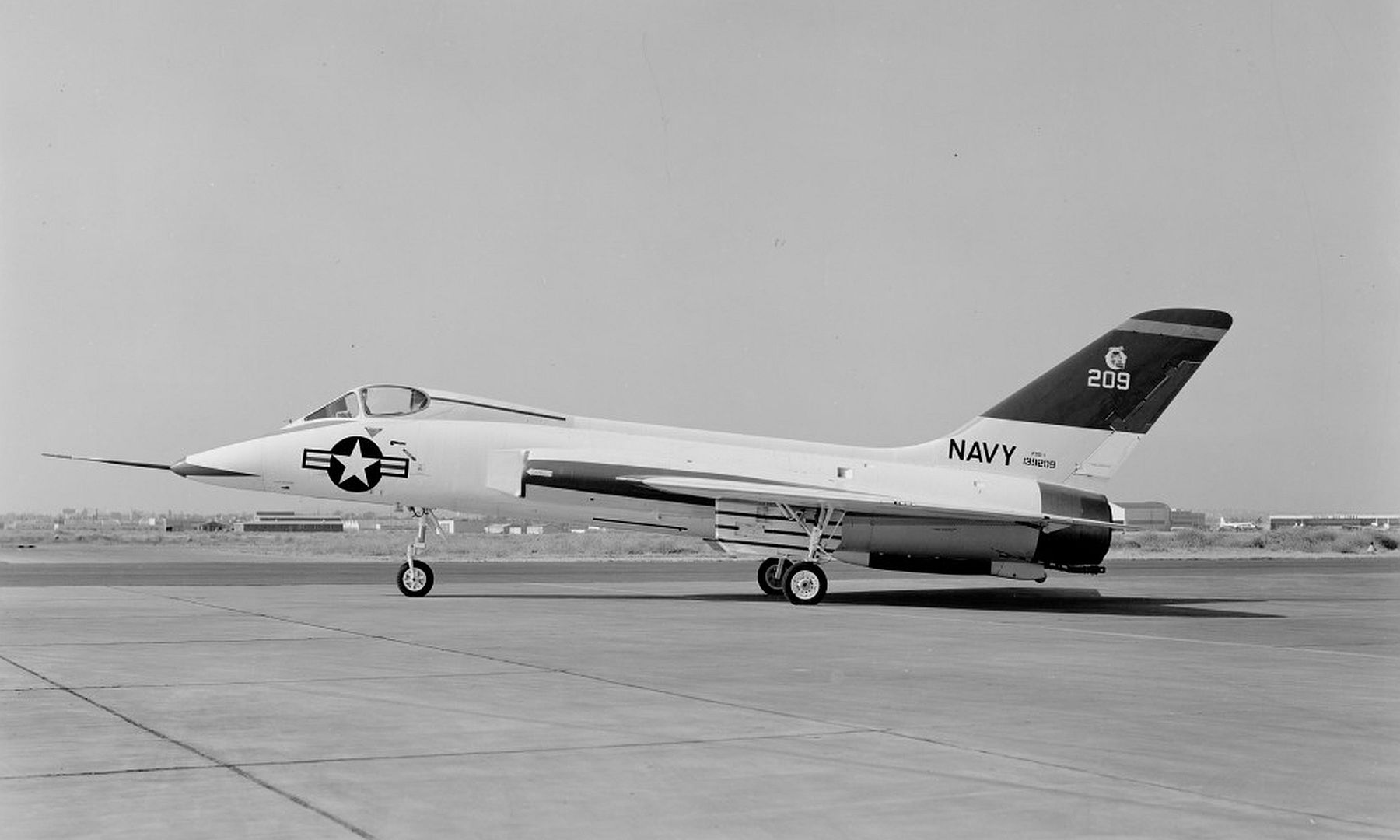
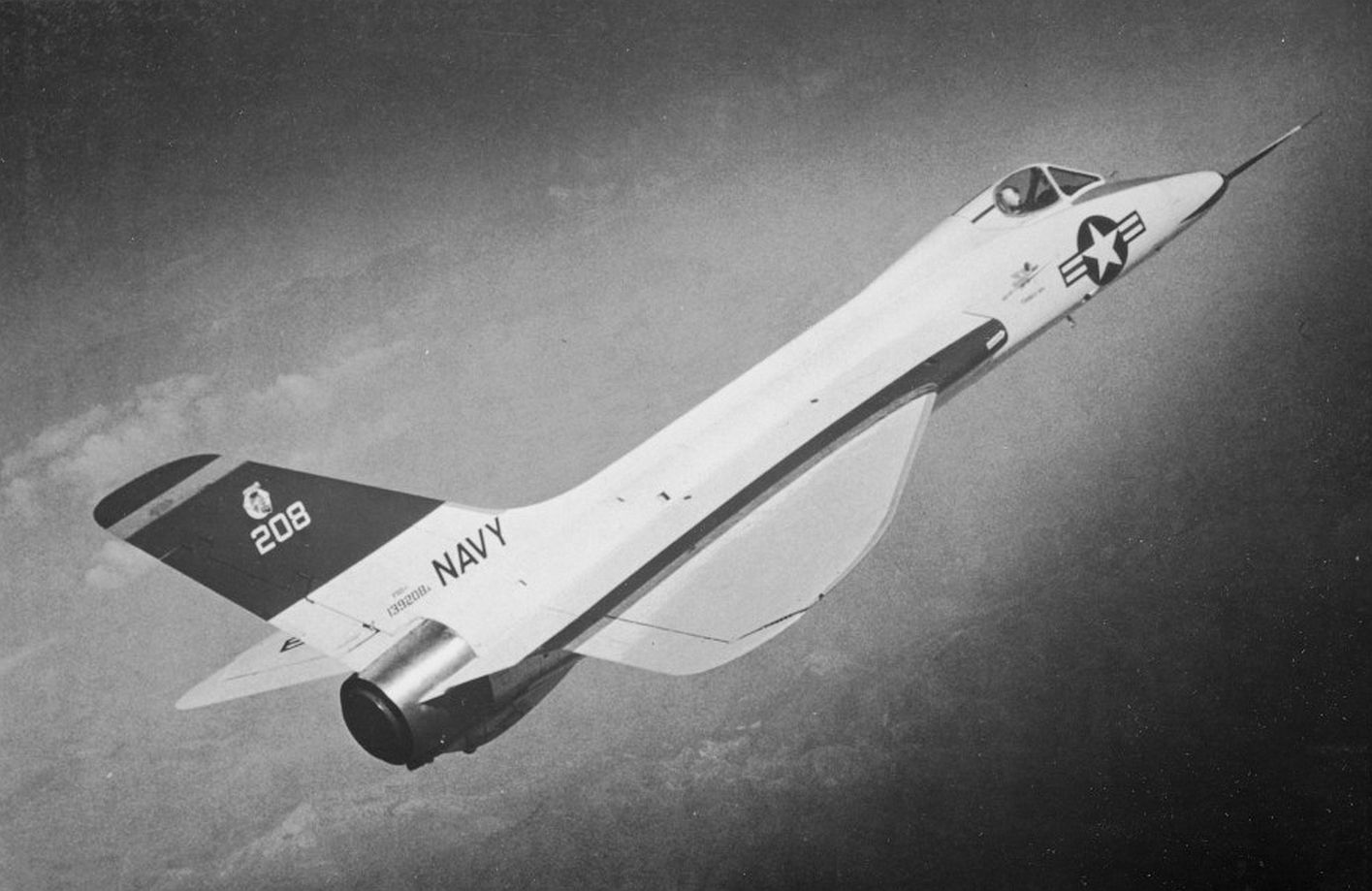
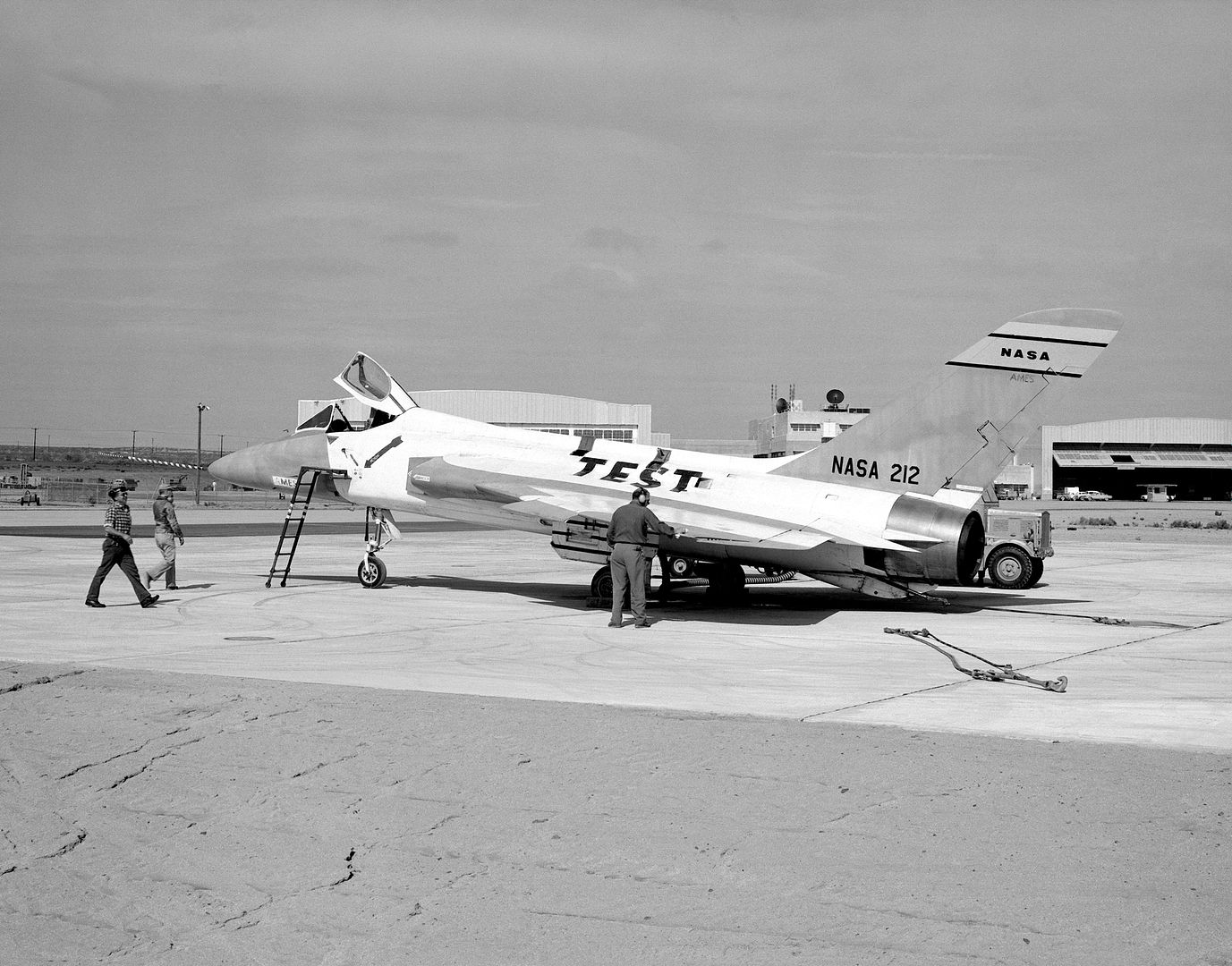
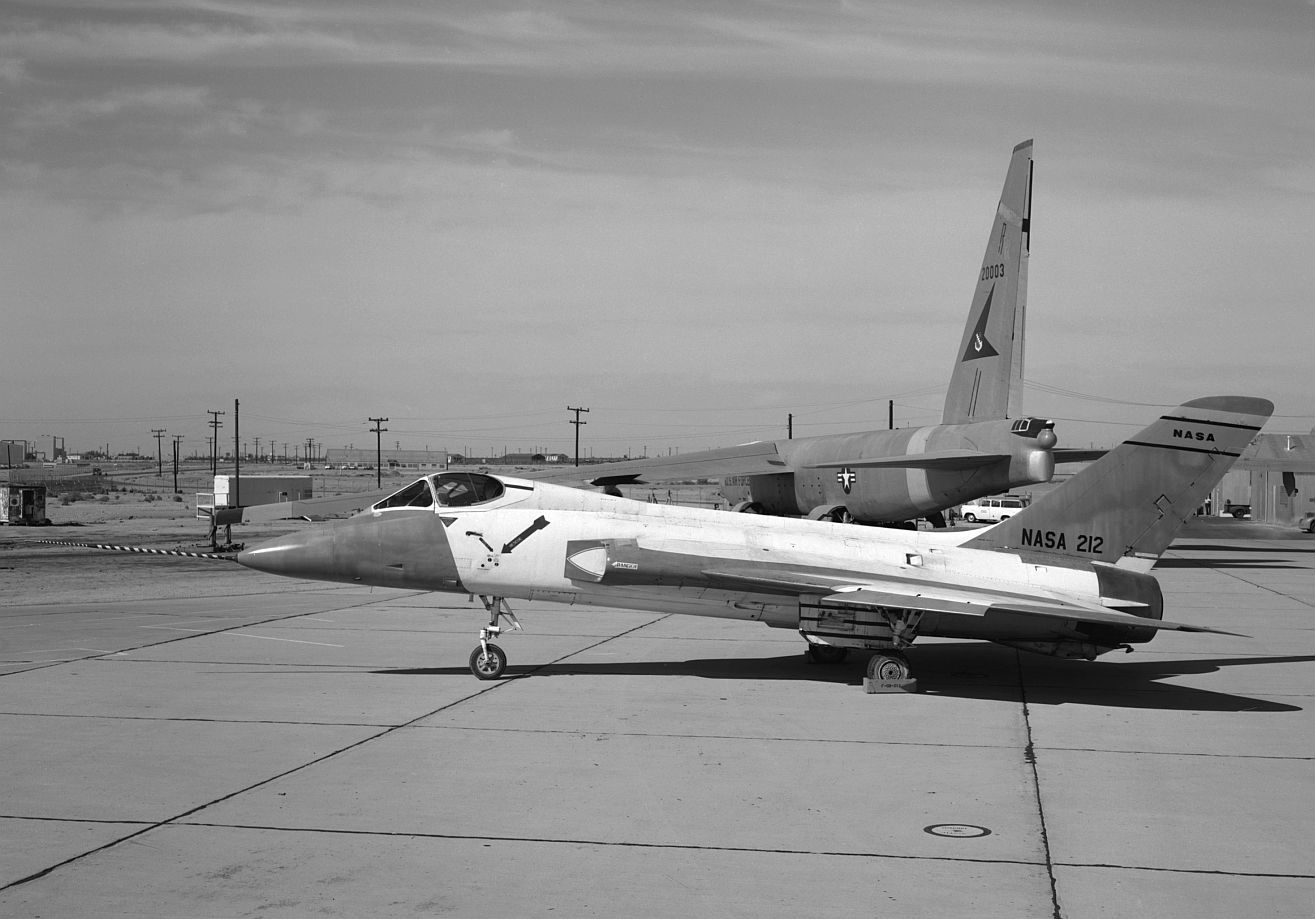
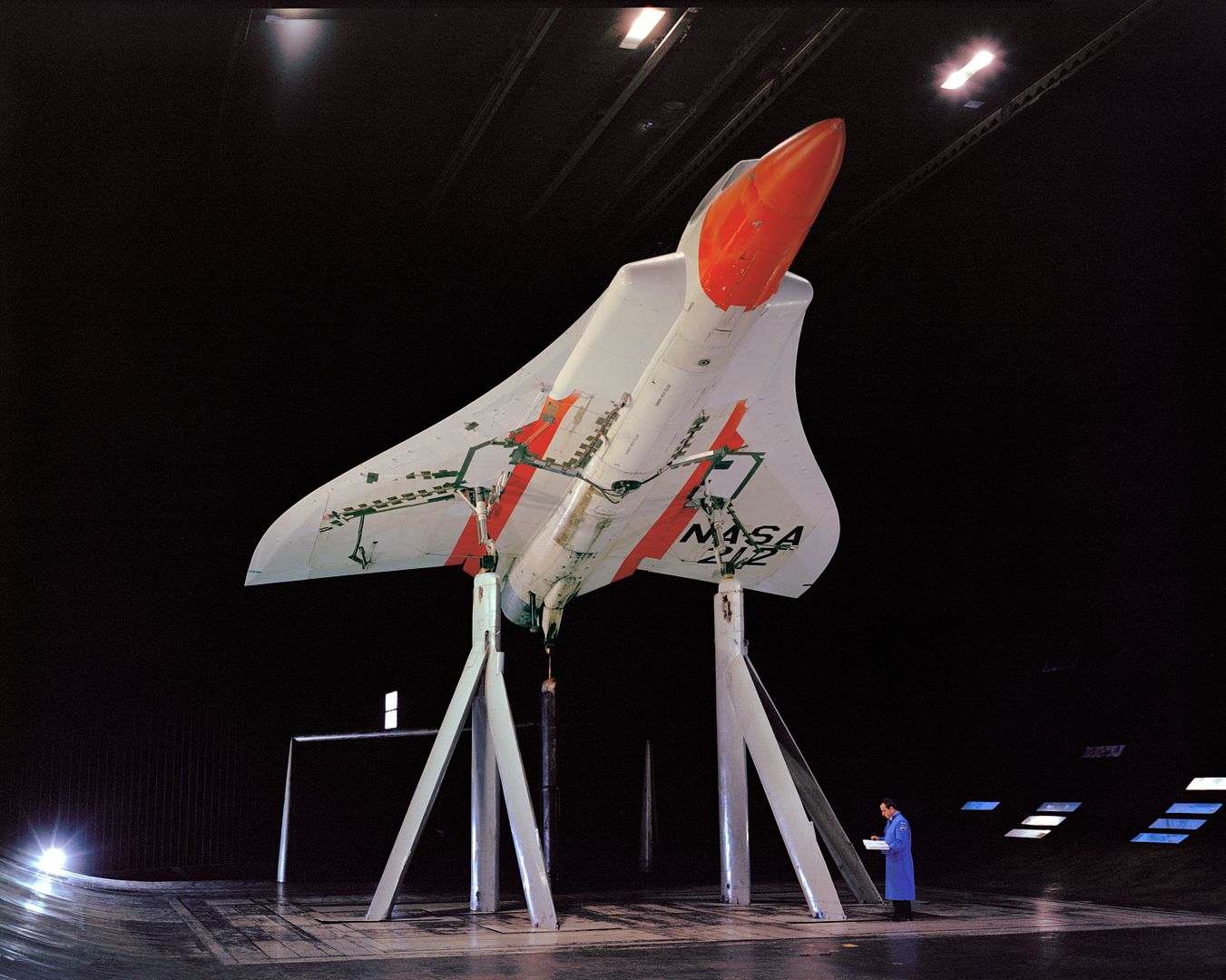
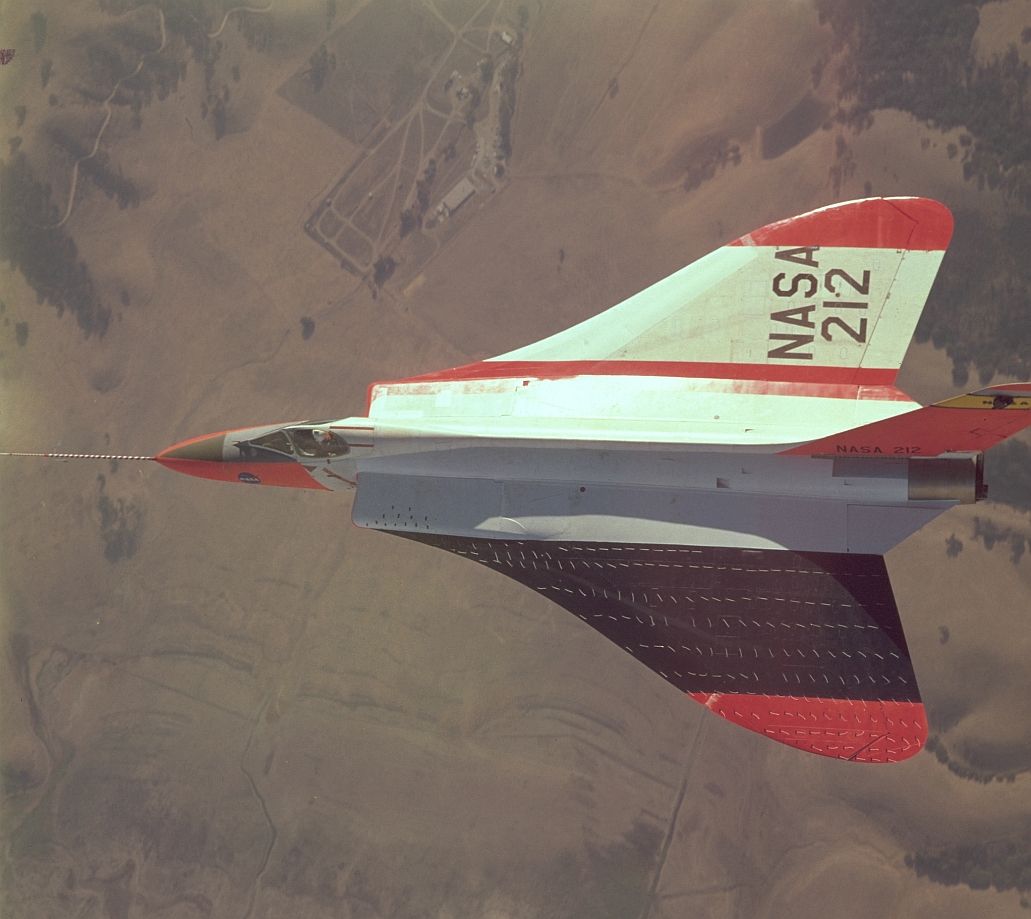
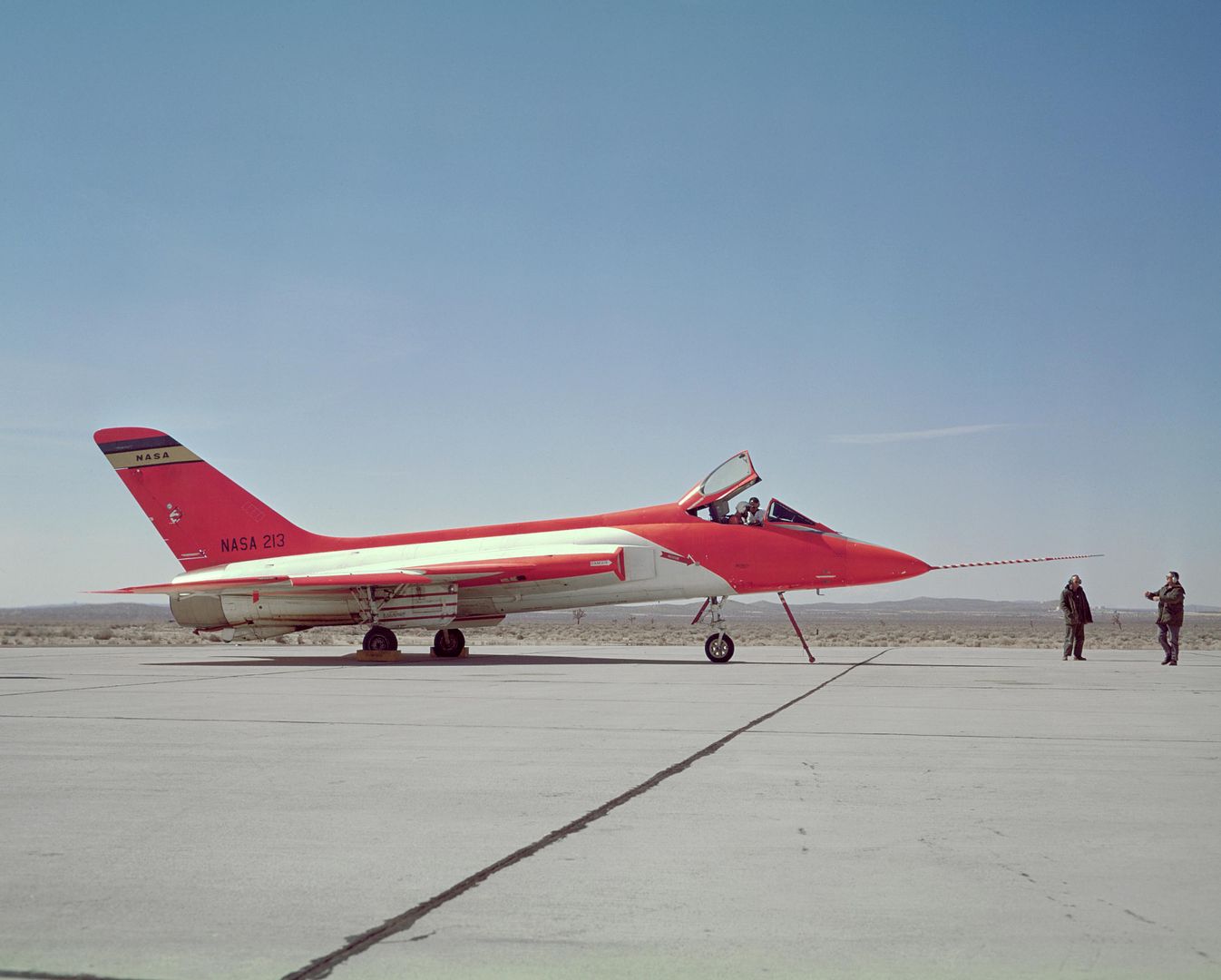
General characteristics
Crew: 1
Length: 53 ft 9? in (16.40 m)
Wingspan: 33 ft 6 in (10.21 m)
Height: 14 ft 10 in (4.52 m)
Wing area: 557 ft? (51.7 m?)
Empty weight: 17,444 lb (7,912 kg)
Loaded weight: 24,445 lb (11,088 kg)
Max. takeoff weight: 28,072 lb (12,733 kg)
Powerplant: 1 ? Pratt & Whitney J57-P-8 turbojet
Dry thrust: 10,200 lbf (45 kN)
Thrust with afterburner: 16,000 lbf (71 kN)
Performance
Maximum speed: 990 mph (860 kn, 1,590 km/h, Mach 1.48)
Range: 1,335 mi (1,160 nmi, 2,148 km)
Service ceiling: 57,500 ft (17,500 m)
Rate of climb: 20,730 ft/min (105.3 m/s)
Wing loading: 43.9 lb/ft? (214 kg/m?)
Thrust/weight: 0.65
Armament
Guns: 4 ? 20 mm (0.79 in) cannon
Rockets: 72 ? 2 in (51 mm) rockets
Missiles:
4 ? AIM-9 Sidewinder or
2 ? AIM-7B Sparrow
Avionics
X-24A radar
Post a reply
- Go to Previous topic
- Go to Next topic
- Go to Welcome
- Go to Introduce Yourself
- Go to General Discussion
- Go to Screenshots, Images and Videos
- Go to Off topic
- Go to Works in Progress
- Go to Skinning Tips / Tutorials
- Go to Skin Requests
- Go to IJAAF Library
- Go to Luftwaffe Library
- Go to RAF Library
- Go to USAAF / USN Library
- Go to Misc Library
- Go to The Ops Room
- Go to Made in Germany
- Go to Campaigns and Missions
- Go to Works in Progress
- Go to Juri's Air-Raid Shelter
- Go to Campaigns and Missions
- Go to Works in Progress
- Go to Skinpacks
- Go to External Projects Discussion
- Go to Books & Resources
